Home>Garden Essentials>How Often To Water Seed Starts
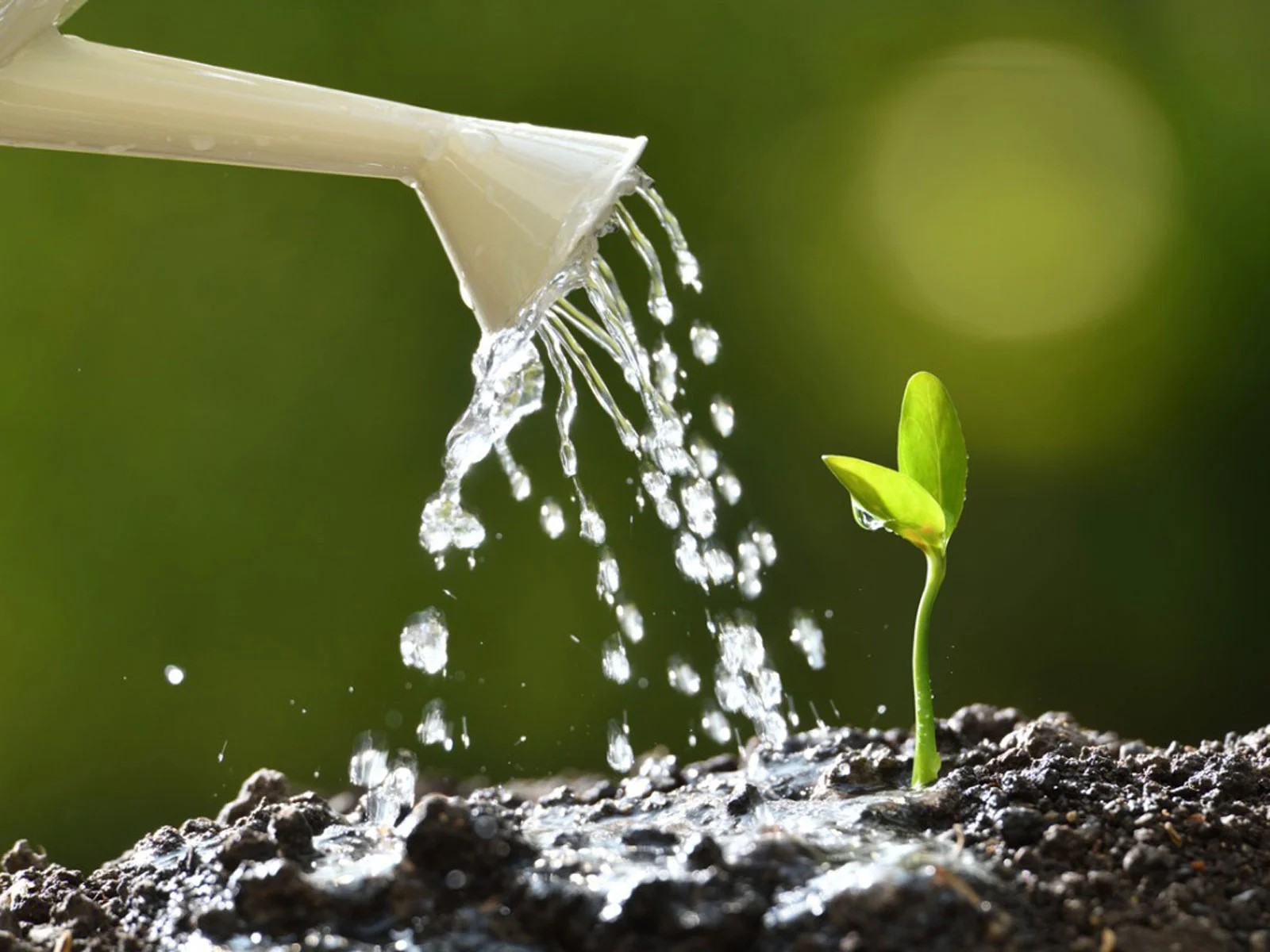

Garden Essentials
How Often To Water Seed Starts
Modified: March 15, 2024
Proper watering is crucial for the success of your garden. Discover how often to water seed starts to ensure healthy and thriving plants.
(Many of the links in this article redirect to a specific reviewed product. Your purchase of these products through affiliate links helps to generate commission for Storables.com, at no extra cost. Learn more)
Introduction
When it comes to successfully starting seeds, proper watering is crucial. Seeds are delicate and require careful attention to ensure optimal germination and growth. While it may seem simple, many gardeners struggle with determining how often to water seed starts. The watering frequency for seed starts depends on several factors, including soil type, plant species, environmental conditions, and more.
In this article, we will explore the various factors that affect watering frequency for seed starts and provide general guidelines to help you water your seed starts effectively. We’ll also discuss the signs of under-watering and over-watering and provide tips to help you water your seed starts correctly. By understanding these concepts, you can give your seed starts the best chance at thriving.
Key Takeaways:
- Proper watering is crucial for seed starts’ health. Factors like soil type, plant species, and environmental conditions affect watering frequency. Balance is key to avoid under-watering and over-watering.
- Monitoring soil moisture, watering from the base, and adjusting for plant needs are essential for healthy seed start growth. Understanding signs of under-watering and over-watering helps in fine-tuning watering practices.
Read more: How Often Should You Water Lavender Seeds
Factors Affecting Watering Frequency for Seed Starts
Several factors play a significant role in determining how often you should water your seed starts. Understanding these factors will help you tailor your watering schedule to meet the specific needs of your plants. Here are the key factors to consider:
1. Soil Type and Drainage
The type of soil you use for your seed starts, along with its drainage properties, will influence how often you need to water. Well-draining soil will allow excess water to drain away, preventing roots from becoming waterlogged. Sandy or loamy soils tend to drain well, while heavy clay soils may retain too much water. It’s important to choose a well-balanced potting mix that provides adequate drainage so that you don’t risk overwatering your seed starts.
2. Plant Species and Variety
Different plant species and varieties have varying water requirements. Some plants, such as succulents and cacti, are adapted to dry conditions and require less frequent watering. On the other hand, moisture-loving plants like lettuce or ferns may need more frequent watering. Research the specific water needs of the plants you are starting from seeds to ensure you meet their requirements.
3. Environmental Conditions
The environmental conditions in which your seed starts are growing play a significant role in determining watering frequency. Factors like temperature, humidity, and air circulation affect the rate at which moisture evaporates from the soil. Hot and dry conditions will cause moisture to evaporate more quickly, requiring more frequent watering. In contrast, cooler and more humid conditions may allow the soil to retain moisture for longer periods.
Read more: How Often Should You Water Sunflower Seeds
4. Stage of Growth
The stage of growth of your seed starts will also influence watering frequency. In the early stages, when seedlings are developing their root systems, they require moist soil to establish themselves. However, as the plants grow bigger and their root systems develop, they can tolerate slightly drier conditions. Pay attention to the growth stage of your seed starts and adjust your watering schedule accordingly.
By considering these factors and understanding the unique needs of your plants, you can develop a watering schedule that promotes healthy seed start growth and development. In the next section, we will discuss general guidelines to help you determine the optimal watering schedule for your seed starts.
Soil Type and Drainage
One of the critical factors that influence watering frequency for seed starts is the type of soil you use and its drainage capabilities. The type of soil you choose can greatly affect how well water is retained or drained, directly impacting the health of your seedlings. Here are some important points to consider:
1. Soil Composition
The composition of your soil will determine its water-holding capacity. Sandy soils, for example, have larger particles and drain quickly, while clay soils have smaller particles and tend to retain more water. Loamy soil, which consists of a well-balanced mixture of sand, silt, and clay, offers good drainage while retaining adequate moisture for healthy plant growth. Using a high-quality potting mix that contains organic matter and vermiculite or perlite can help improve both water retention and drainage.
2. Drainage
Proper drainage is crucial to prevent issues like root rot or waterlogged soil, which can lead to the decline of your seed starts. Adequate drainage allows excess water to move away from the root zone, ensuring that the roots don’t sit in water for extended periods. If your soil doesn’t drain well, consider amending it with organic matter, such as compost or peat moss, to improve its structure and drainage capabilities. Additionally, using containers with drainage holes can help facilitate proper water flow.
Read more: How Often Should You Water Basil Seeds
3. Watering Techniques
The watering technique you use can also affect soil drainage. Avoid overwatering your seed starts by applying water slowly and evenly to allow the soil to absorb moisture without becoming waterlogged. It is advisable to water until you see water trickling out of the drainage holes, signaling that the soil is adequately saturated. However, be cautious not to allow your seed starts to sit in standing water, as this can lead to root rot and other problems.
4. Observing Your Soil
Regularly monitoring your soil’s moisture level is essential for determining the ideal watering frequency. Stick your finger about an inch into the soil to check its moisture content. If it feels dry, it’s time to water. If it feels moist, wait a day or two before watering again. Remember that it’s better to slightly underwater than overwater, as overwatering can lead to root suffocation and other issues.
By understanding the soil type you’re using and promoting good drainage, you can ensure that your seed starts have the optimal growing conditions. In the next section, we will explore the influence of plant species and environmental conditions on watering frequency.
Plant Species and Variety
When it comes to watering seed starts, the specific plant species and variety you are growing play a crucial role in determining the appropriate watering frequency. Different plants have varying water requirements based on their natural habitat and physiological characteristics. Understanding the specific needs of your plant species and variety will help you provide the right amount of water to promote healthy growth. Here are some important points to consider:
1. Native Habitat and Natural Environment
Plants are adapted to their native habitats, which often dictate their water requirements. Plants native to arid regions, such as succulents or cacti, have evolved to survive in dry conditions and require less frequent watering. On the other hand, plants from tropical or rainforest environments, like ferns or orchids, have higher water needs due to the higher humidity levels in their natural habitats. Researching the native environment of your plant can provide valuable insights into its water requirements.
Read more: How Often Do You Water Cilantro Seeds
2. Growth Habit and Root System
The growth habit and root system of a plant also influence its water needs. Plants with shallow roots, such as lettuce or herbs, may require more frequent watering as their root systems cannot reach deep into the soil to access water reserves. On the other hand, plants with deep root systems, like tomatoes or shrubs, can source water from deeper in the soil and may require less frequent watering. Consider the specific growth habit and root structure of your plants when determining watering frequency.
3. Stage of Growth
The stage of growth that your seed starts are in will also affect their water requirements. In the early stages, when plants are establishing their root systems, they require more frequent watering to ensure proper hydration. As the seedlings mature and develop stronger roots, they can tolerate slightly drier conditions. Adjust your watering frequency as your plants progress through different growth stages, taking into account their changing needs.
4. Specific Variety Characteristics
Within a plant species, there may be different varieties that have specific water requirements. Some varieties may have been bred to be more drought-tolerant, while others may have a higher water demand. When selecting seeds or plants, look for varieties that align with your watering preferences and the environmental conditions you can provide.
By understanding the water needs of your specific plant species and variety, you can provide them with the optimal amount of water for healthy growth. In the next section, we will explore how environmental conditions can influence watering frequency for seed starts.
Environmental Conditions
The environmental conditions in which your seed starts are growing play a significant role in determining how often you should water them. Factors such as temperature, humidity, and air circulation can affect the rate at which moisture evaporates from the soil and the water requirements of your plants. Here are some key points to consider regarding environmental conditions:
Read more: How Often Should You Water Tomato Seeds
1. Temperature
Temperature has a direct impact on plant water needs. Higher temperatures can cause moisture to evaporate more quickly from the soil, leading to a faster depletion of water reserves. In hot weather, plants may require more frequent watering to compensate for increased evaporation rates. On the other hand, cooler temperatures can slow down the evaporation process and may result in less frequent watering. Monitor the temperature conditions in your growing area and adjust your watering schedule accordingly.
2. Humidity
Humidity levels in the air can affect how quickly water evaporates from the soil. In areas with high humidity, moisture tends to linger in the air, slowing down evaporation. As a result, plants may require less frequent watering as the soil retains moisture for longer. In contrast, low humidity levels create a drier environment, leading to faster evaporation and potentially requiring more frequent watering. Be aware of the humidity levels in your growing space and make adjustments as needed.
3. Air Circulation
Good air circulation around your seed starts is crucial for preventing excessive moisture buildup, which can lead to disease issues. Proper airflow helps to evaporate excess moisture from the soil and foliage, reducing the risk of fungal infections or mold growth. Ensure that your seed starts are not overcrowded and allow space for air to move around them. You can also use fans or open windows to promote air circulation in your growing area.
4. Microclimate
Every garden has its own microclimate, which refers to the unique environmental conditions specific to that location. Factors such as sun exposure, wind patterns, and nearby structures can influence moisture levels and affect watering requirements. Observe the microclimate of your garden or growing area and adjust your watering schedule accordingly. For example, areas with more sun exposure might require more frequent watering than those in shaded spots.
By considering the environmental conditions in which your seed starts are growing, you can adapt your watering schedule to meet their specific needs. In the next section, we will discuss general guidelines to help you determine the optimal watering schedule for your seed starts.
Read more: How Often Should You Water Grass Seeds
Watering Schedule for Seed Starts
Establishing a proper watering schedule for your seed starts is crucial for their successful growth and development. While there isn’t a one-size-fits-all approach, there are some general guidelines you can follow to determine the optimal watering frequency. Here are some key points to consider when creating a watering schedule:
1. Check Soil Moisture Regularly
Regularly monitor the moisture level of the soil in your seed starts. Stick your finger about an inch into the soil to assess its moisture content. If it feels dry, it’s an indication that the plants need watering. If it still feels slightly moist, wait a day or two before watering again. Consistently checking the soil moisture will prevent under-watering or over-watering and allow you to adjust your watering schedule accordingly.
2. Water Deeply and Infrequently
When you do water your seed starts, give them a thorough watering session rather than light, frequent watering. This helps promote deeper root growth as the water penetrates the soil, encouraging the roots to reach for moisture deeper down. Watering deeply also helps prevent water pooling on the surface, which can lead to shallow root growth and susceptibility to drought. Aim to thoroughly soak the soil until the excess water drains out through the bottom of the pot.
3. Time of Day
Consider the time of day when watering your seed starts. Early morning is often the ideal time as it allows the foliage to dry out throughout the day, reducing the risk of fungal diseases. Watering in the evening can create a damp environment overnight, which can promote fungal growth. Avoid watering during the hottest part of the day, as the water can evaporate quickly, depriving the plants of sufficient moisture.
4. Adjust for Environmental Factors
Take into account the environmental conditions, such as temperature and humidity, when determining the watering schedule. Hot and dry weather conditions may require more frequent watering, while cooler and more humid environments may necessitate less frequent watering. Monitor these factors and make adjustments to your watering schedule as needed.
5. Consider Plant Stage and Species
Keep in mind the growth stage and water needs of your specific plant species and variety. Seedlings and young plants often require more consistent moisture to establish their root systems. As they mature, they can handle slightly drier conditions. Research the specific water requirements of your plants and adjust your watering schedule based on their individual needs.
Remember that these guidelines are general recommendations, and you may need to fine-tune your watering schedule based on your unique growing conditions and observations. By consistently checking soil moisture, watering deeply, and considering environmental factors, you can establish a watering schedule that promotes healthy growth for your seed starts.
General Guidelines for Watering Seed Starts
Proper watering is essential for the health and success of your seed starts. While specific watering requirements may vary depending on factors such as soil type, plant species, and environmental conditions, there are some general guidelines you can follow to ensure you are watering your seed starts effectively. Here are some key points to consider:
1. Start with Moist Soil
Before planting your seeds, make sure the soil is adequately moist to provide a good starting environment for germination. This will help ensure that your seeds have the necessary moisture for sprouting. Prepare the soil by watering it thoroughly a day or two before planting, allowing it to settle and reach a consistent moisture level.
2. Water From the Base
When watering your seed starts, aim to water from the base rather than directly onto the foliage. This allows the roots to access the water directly and reduces the risk of fungal diseases caused by wet foliage. Use a watering can or a gentle stream of water to direct the flow towards the soil and root area, avoiding excessive splashing.
3. Avoid Overwatering
Overwatering can be as detrimental to seed starts as underwatering. It can lead to root rot, fungal diseases, and oxygen deprivation for the roots. Monitor the moisture level of the soil and ensure it doesn’t become waterlogged. Allow the top inch of the soil to dry out slightly before watering again.
4. Don’t Rely on a Strict Schedule
While it’s helpful to have a watering schedule as a guideline, it’s important to observe your seed starts and adjust your watering routine based on their specific needs. Every garden and situation is unique, so pay attention to signs of water stress or excessive moisture and adapt accordingly. Remember, flexibility is key when it comes to watering seed starts.
5. Consider the Plant’s Growth Stage
The watering needs of seed starts may change as they progress through different growth stages. Young seedlings may require more frequent watering to support root development, while mature plants may need less frequent watering as they establish themselves. Monitor the growth stage of your seed starts and adjust your watering routine accordingly.
Read more: How To Start Mint Seeds
6. Mulch for Moisture Retention
Applying a layer of organic mulch around your seed starts can help retain moisture in the soil, reducing evaporation and conserving water. Mulch acts as a protective barrier, preventing rapid moisture loss and regulating soil temperature. It also helps control weed growth, allowing your seed starts to have access to nutrients without competing with unwanted plants.
By following these general guidelines, you can ensure that you are providing your seed starts with the appropriate amount of water for healthy growth. Remember to always observe your plants closely and make adjustments to your watering routine as necessary. With a little care and attention, your seed starts will thrive and flourish in your garden.
Signs of Under-watering and Over-watering
Proper watering is crucial for the health and vitality of your seed starts. However, it can sometimes be challenging to determine whether your plants are receiving too little or too much water. Understanding the signs of under-watering and over-watering will help you adjust your watering routine to meet the specific needs of your seed starts. Here are some telltale signs to look out for:
Signs of Under-watering:
1. Wilting: One of the most obvious signs of under-watering is wilted foliage. When plants don’t receive enough water, they lack the necessary turgidity to maintain their shape, causing leaves to droop and appear limp.
2. Drying Soil: If the soil dries out quickly and becomes dry to the touch, it is a clear indication that your seed starts need more water. The soil may also pull away from the edges of the pot.
3. Yellowing Leaves: Under-watered plants often display yellow leaves that may eventually brown and become crispy. This occurs as the plant tries to conserve water by shedding older leaves.
4. Stunted Growth: Insufficient water can hinder the growth of seed starts. If your plants are not making progress, appear smaller than expected, or have stopped growing, it may be a sign that they are not receiving enough water.
5. Slow Germination: In the case of newly planted seeds, under-watering can lead to delayed or poor germination. If you notice that your seeds are taking longer than expected to sprout or are failing to germinate at all, insufficient water may be the culprit.
Signs of Over-watering:
1. Wilting: It may appear counterintuitive, but over-watered plants can also exhibit wilting. This is because excessive water can suffocate the roots and disrupt their ability to absorb nutrients, leading to wilting despite a surplus of moisture.
2. Yellowing and Dropping Leaves: Over-watering can cause leaves to turn yellow or even exhibit a pale green color. Leaves may also become soft and start dropping prematurely.
3. Root Rot: One of the most severe consequences of over-watering is root rot, which is characterized by a foul odor, mushy roots, and blackened or brown roots. Affected plants may display stunted growth and an overall decline in health.
4. Mold and Fungal Growth: Excessive moisture creates a favorable environment for mold and fungal growth. If you notice fuzzy white or black growth on the soil surface, pots, or plant stems, it may indicate over-watering.
5. Slow or No Growth: Over-watering can inhibit root development and oxygen uptake, leading to poor plant growth or stagnation. Seed starts may fail to establish a healthy root system or display weak, unproductive growth.
Read more: How To Start Seeds For Hydroponics
Monitoring and Adjusting Your Watering Routine:
Regularly monitoring your seed starts and observing these signs will enable you to make informed decisions about adjusting your watering routine. Remember to consider other factors such as soil type, plant species, and environmental conditions when assessing the water needs of your seed starts. With practice and attention, you’ll be able to strike a balance and provide the optimal amount of water for healthy and thriving seed starts.
Tips for Watering Seed Starts Correctly
Proper watering techniques are essential for the success of your seed starts. By following these tips, you can ensure that your plants receive the right amount of water, promoting healthy growth and development:
1. Water from the base: Direct the water towards the base of the plant, aiming to wet the soil rather than the foliage. This helps prevent the risk of fungal diseases and ensures that the roots can absorb the water effectively.
2. Deep watering: Water your seed starts deeply and thoroughly. Allow the water to penetrate the soil until it starts draining from the bottom of the pot, ensuring that the entire root system receives adequate moisture.
3. Check soil moisture regularly: Stick your finger about an inch into the soil to check its moisture level. If it feels dry at that depth, it’s time to water the plants. If it’s still slightly moist, wait a day or two before watering again.
4. Water according to plant needs: Different plants have varying water requirements. Research the specific water needs of the plant species and variety you are growing to ensure that you’re providing the appropriate amount of water.
5. Observe environmental conditions: Take into account the temperature, humidity, and air circulation in your growing area. Adjust your watering schedule accordingly, watering more frequently during hot and dry periods and less frequently during cooler and more humid conditions.
6. Avoid overwatering: Excessive water can lead to root rot and other problems. Make sure the soil is well-draining and avoid letting your seed starts sit in standing water. Allow the top layer of soil to dry out slightly before watering again.
7. Avoid underwatering: Pay attention to signs of wilting, yellowing leaves, and stunted growth, which can indicate that your seed starts need more water. Adjust your watering routine to ensure that the soil remains consistently moist.
8. Time your watering: Water your seed starts early in the day to allow the foliage to dry out before evening, reducing the risk of fungal diseases. Avoid watering during the hottest part of the day, as the water can evaporate quickly.
9. Mulch the soil: Apply a layer of organic mulch around your seed starts to help retain moisture in the soil and regulate soil temperature. Mulch also helps control weed growth, allowing your seed starts to access nutrients without competition.
10. Monitor growth stage: Consider the growth stage of your seed starts when determining watering frequency. Young seedlings may require more frequent watering to establish their root systems, while mature plants can tolerate slightly drier conditions.
Remember, these tips are general guidelines, and it’s important to adapt them to your specific growing conditions and observe the unique needs of your plants. With practice and attention, you’ll become adept at watering your seed starts correctly, setting them on the path to healthy and thriving growth.
Conclusion
Watering your seed starts correctly is a fundamental aspect of their growth and success. By understanding the various factors that affect watering frequency, such as soil type, plant species, environmental conditions, and growth stage, you can provide your seed starts with the optimal amount of water. Balancing between avoiding underwatering and overwatering is crucial to promote healthy growth, root development, and overall plant vigor.
Monitoring the soil moisture regularly, watering from the base, and ensuring deep watering are key practices to prevent dehydration and encourage strong root systems. Additionally, considering the individual needs of different plant species, observing environmental conditions, and adjusting your watering routine accordingly will help ensure that your plants thrive in their unique growing environment.
Recognizing the signs of under-watering and over-watering, including wilting, yellowing leaves, stunted growth, and root issues, allows you to make necessary adjustments to your watering practices. By staying attentive and making changes as needed, you can prevent potential problems and support the healthy development of your seed starts.
Remember that every garden is unique, and it may take some trial and error to find the perfect watering routine. Pay attention to the specific needs of your plants, observe their growth, and make adjustments based on your observations and the changing environmental conditions.
With proper watering techniques, you can provide your seed starts with the ideal amount of hydration they require for strong establishment, lush growth, and abundant yields. Happy gardening!
Frequently Asked Questions about How Often To Water Seed Starts
Was this page helpful?
At Storables.com, we guarantee accurate and reliable information. Our content, validated by Expert Board Contributors, is crafted following stringent Editorial Policies. We're committed to providing you with well-researched, expert-backed insights for all your informational needs.
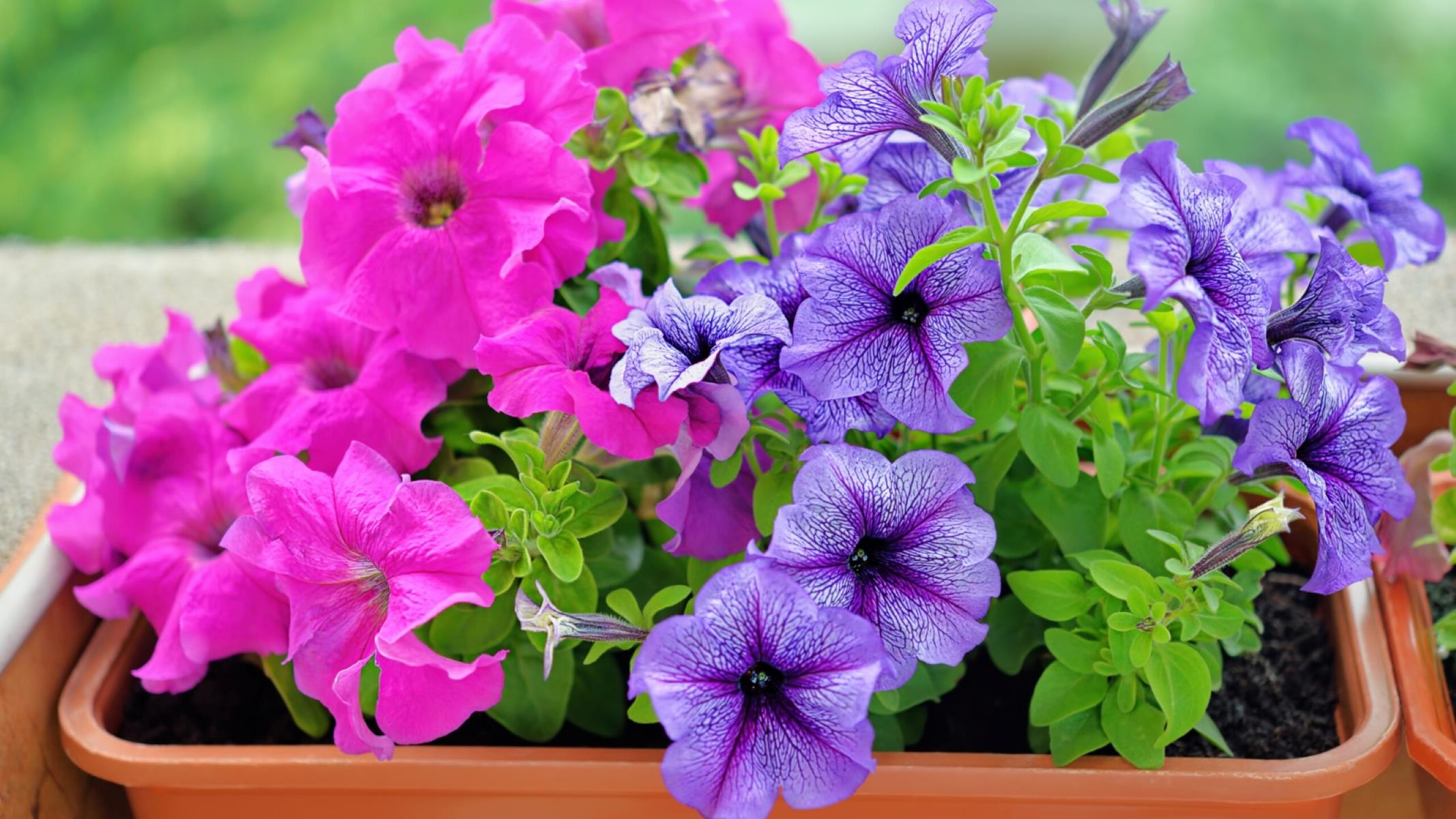
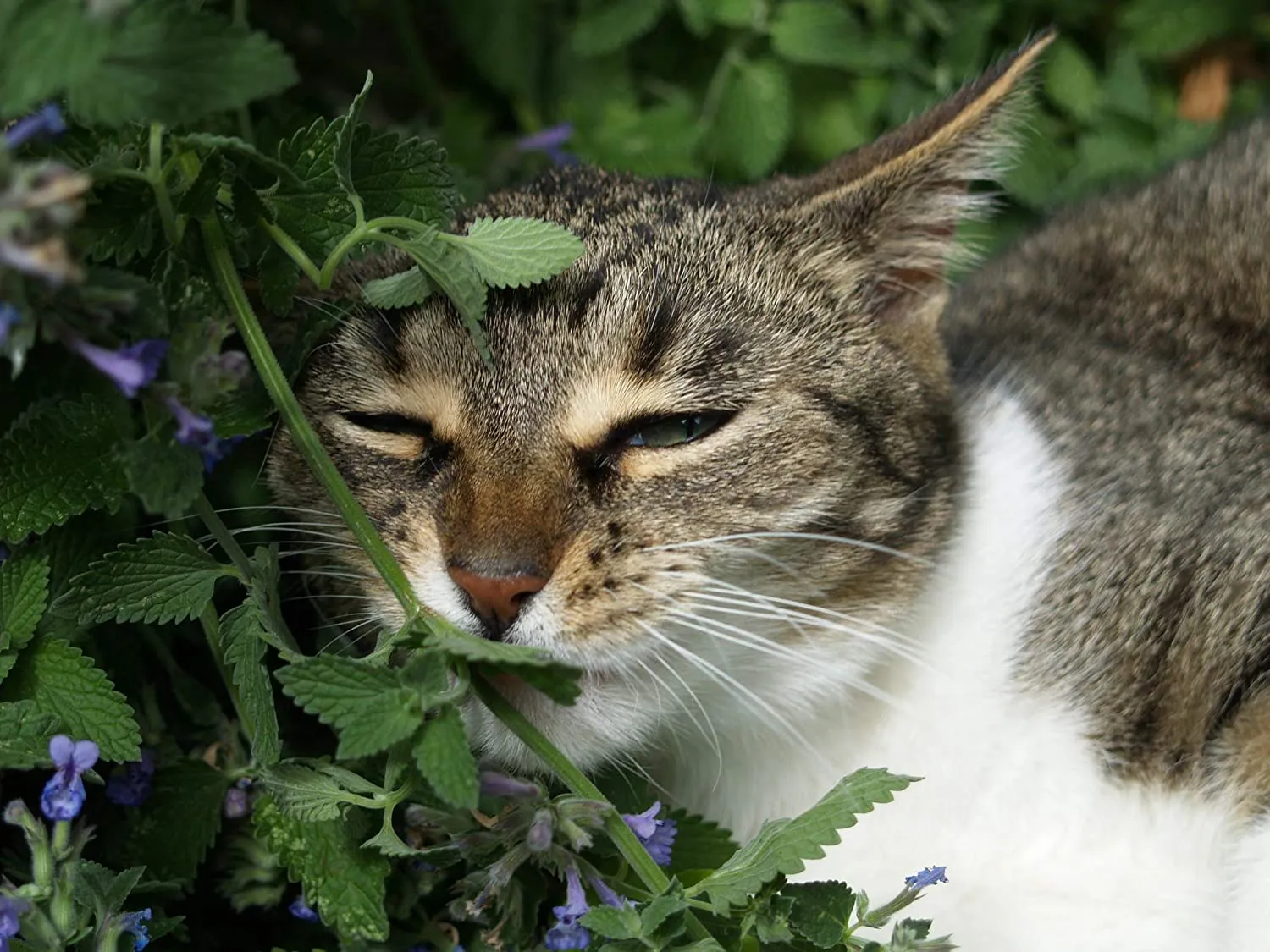
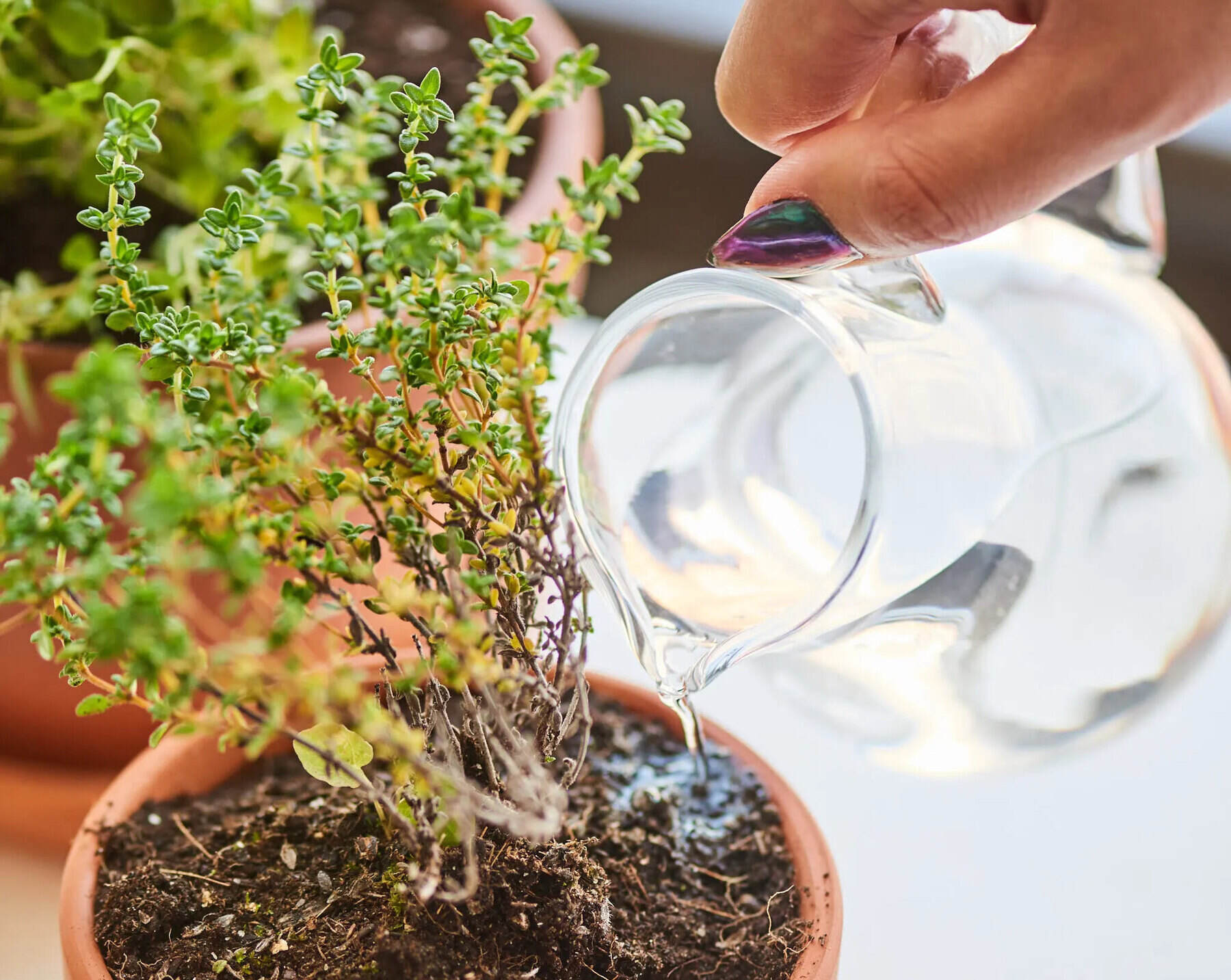
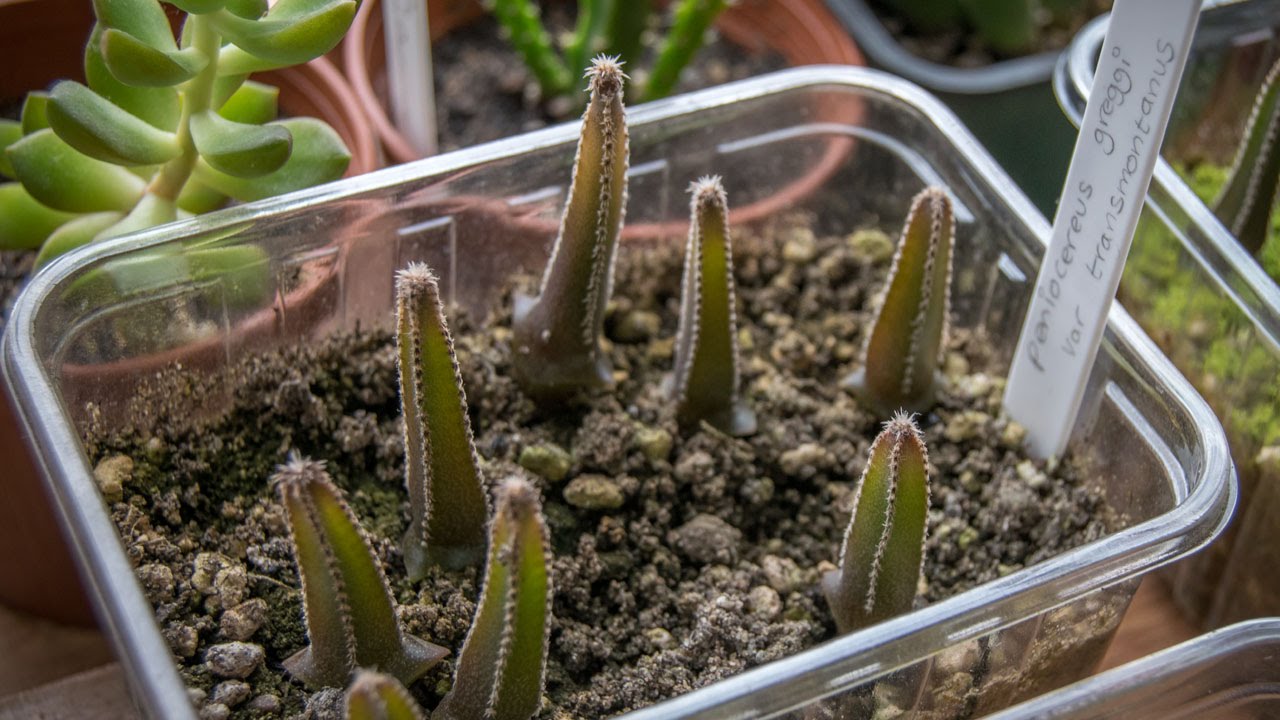
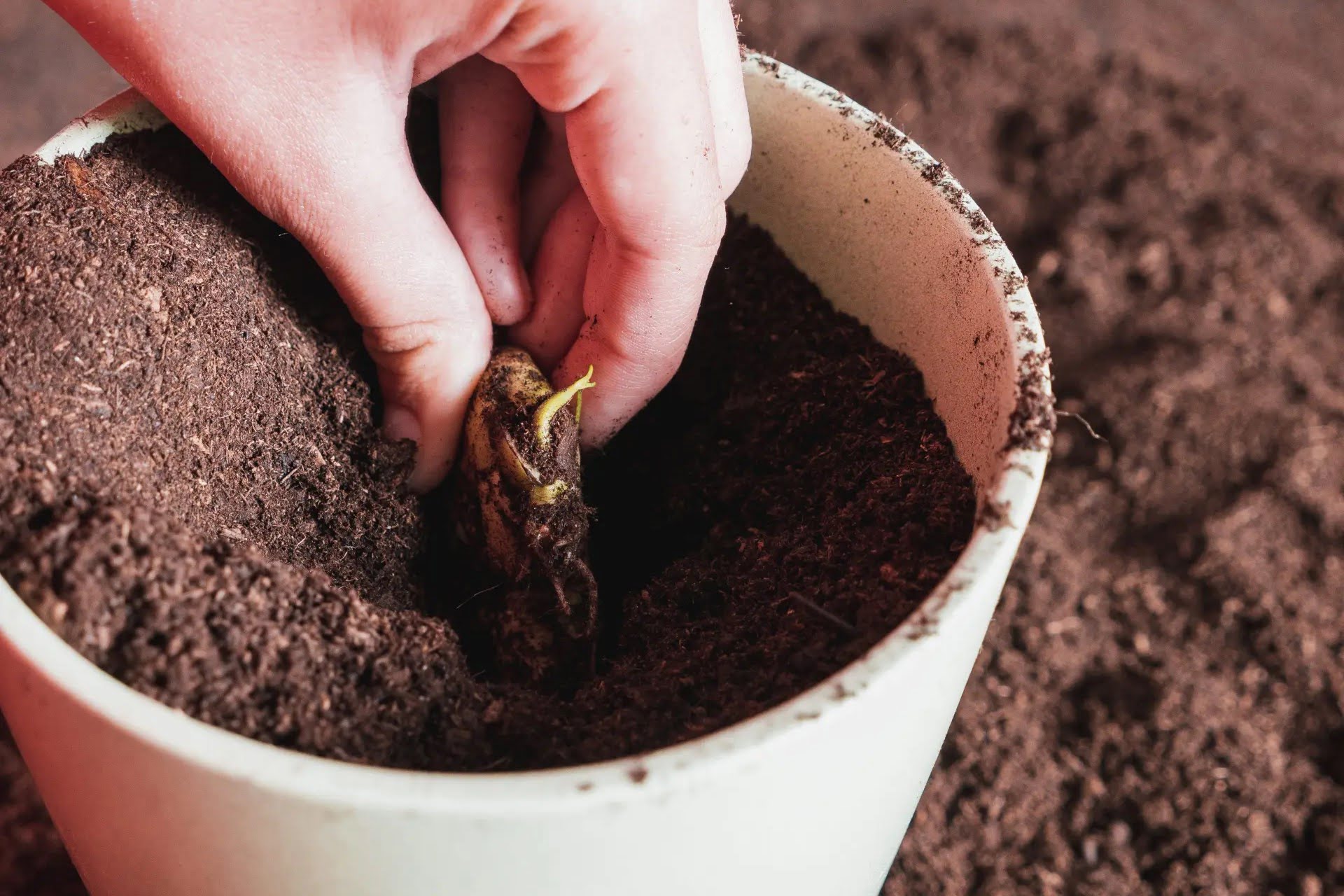
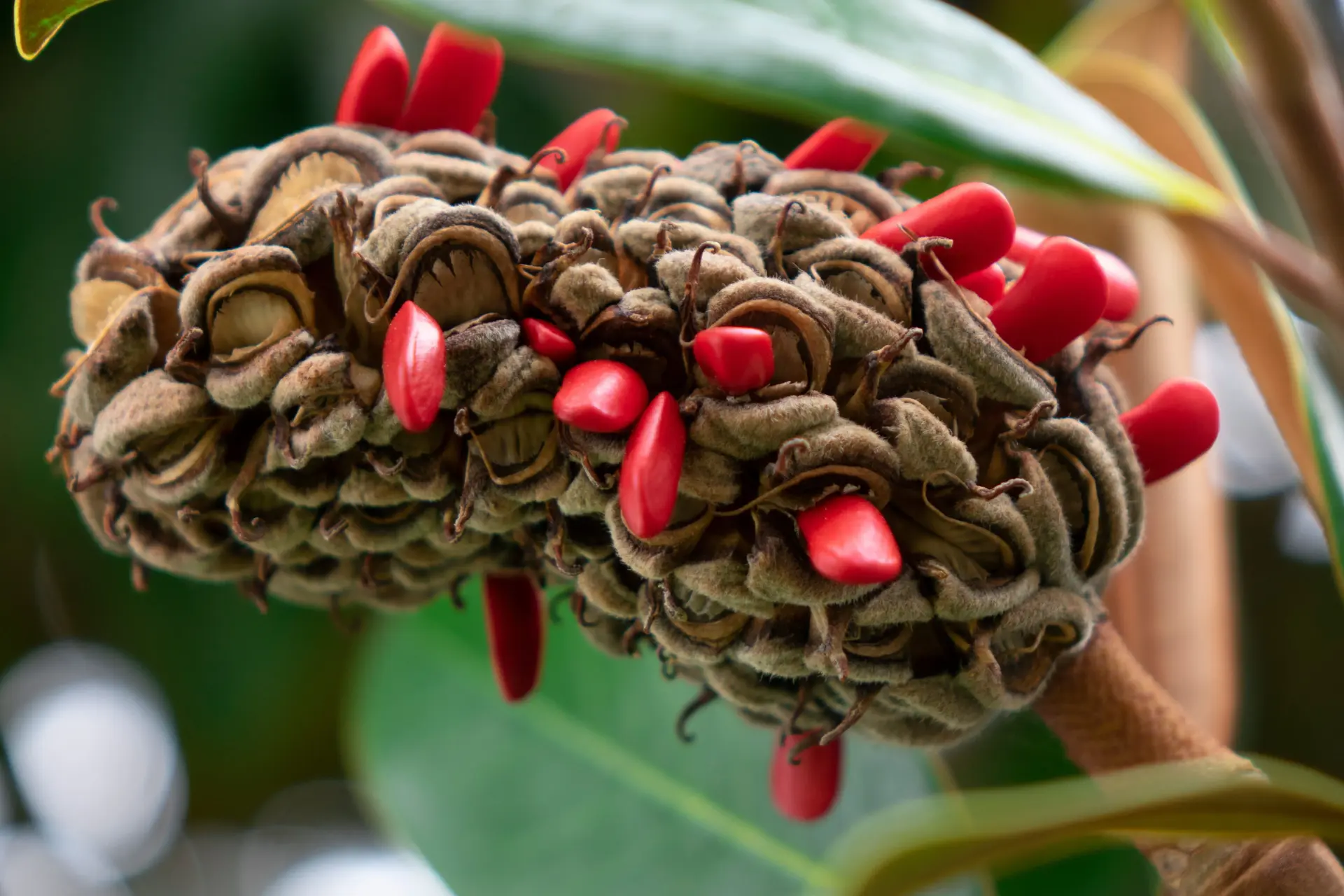

0 thoughts on “How Often To Water Seed Starts”